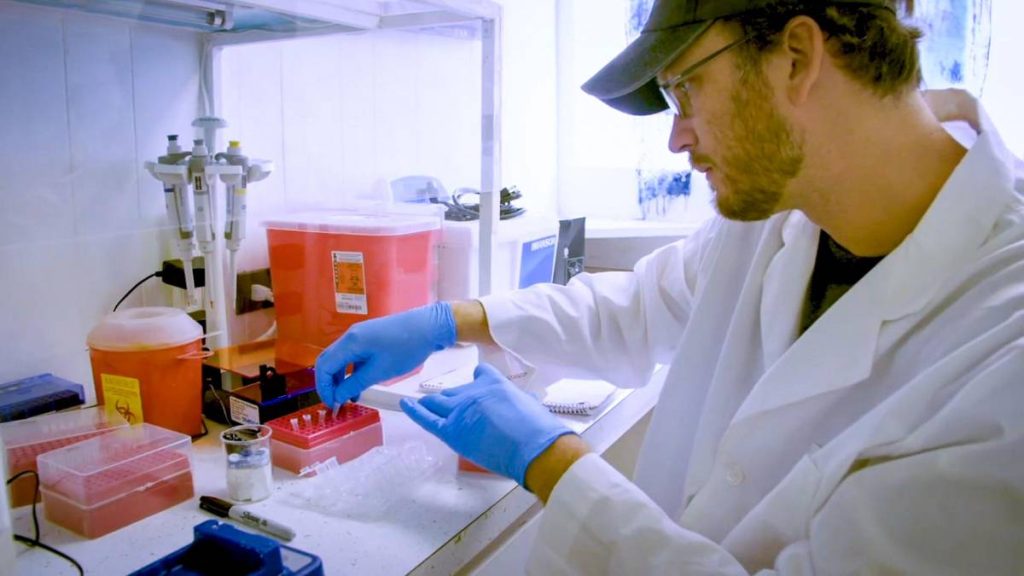Researchers Studying More of Loihi’s Secrets
Researchers from the University of Hawaii and other institutions are going deep off the coast of Ka`u to study ancient — and ongoing — life processes.
The expedition led by UH oceanography professor Brian Glazer will use a deep submersible vessel to map the lower slopes of Loihi, the 10,000-foot-tall active seamount whose summit lies 3,300 feet below the ocean’s surface.
While most previous undersea missions have focused on Loihi eruptions – particularly the one in 2006 accompanied by a swarm of 4,000 earthquakes, the most recorded for any Hawaiian volcano – this one will focus on a marine ecosystem.

Researchers today will begin a new study at the base of Loihi, the active seamount growing off the southeast coast of the Big Island (click to enlarge). USGS/HVO image.
Researchers will collect water column samples and study Loihi’s mats of bacteria that use iron as an energy source, creating rust in the process.
While iron-oxidizing bacteria are also found in other hydrothermal vent fields, researchers say the ones at Loihi are “impressively thick,” more than three feet deep in places.
“Loihi is a giant leaky iron mountain, providing plenty of energy for iron-eating bacteria near the vents, and pumping iron out into the ocean as the hydrothermal fluids disperse,” Glazer said in a statement.
He said such microbial activity could play an important role in the cycling of iron and carbon in the ocean, and possibly in life elsewhere in the solar system.
“At various times in Earth history, much of the world ocean was dominated by processes that are occurring at Loihi today,” Glazer said. “In accessing Loihi, we have a window to the ancient Earth that also provides clues about the potential for life ‘out there’ in habitats that could exist on places like Mars or Europa.”

At left, telltale signs of orange bacterial material can be seen peeking out at the base of the Loihi Seamount. At right, the ponded material is revealed after the surface layer is removed. Photo by Woods Hole Oceanographic/Brian Glazer.
The expedition beginning today and lasting to July 7 will use Woods Hole Oceanographic Institute’s underwater vehicle Sentry to map about 15 square miles around the volcano.
Others taking part in the research include the University of Minnesota, the French oceanographic institute IFREMER Centre de Brest and the Schmidt Ocean Institute.














